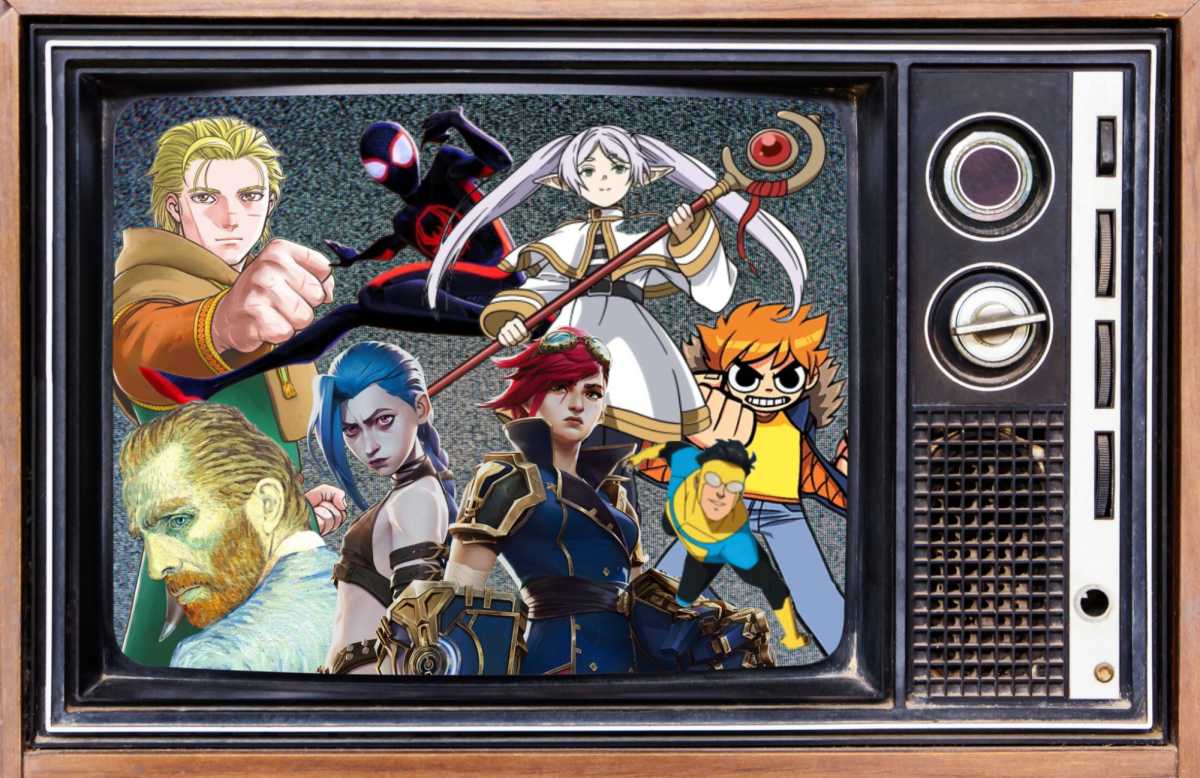Studio Ghibli is a Japanese film studio responsible for some of the most profoundly beautiful, gorgeously-rendered animations with tales that evoke deep feelings of nostalgia for many. Studio Ghibli was founded through the directorial and creative genius of Hayao Miyazaki, a visionary who was able to brilliantly capture the raw, lively spirit of humanity and nature through his films. Willing to venture into unfamiliar territory when developing his fictional universes, Miyazaki addresses themes of love, transformation, gender and environmentalism in such unique, nonsensical ways that still leaves audiences worldwide in awe, his impact immune to the bounds of space and time.
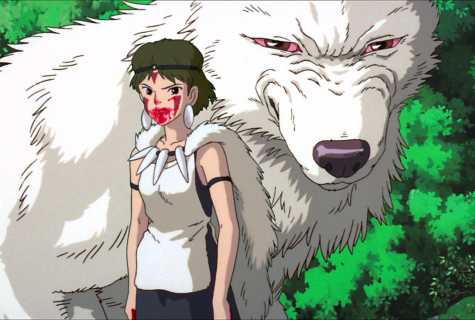
Princess Mononoke
Despite its outward appearance full of lush greenery and transcendently euphoric music, the film “Princess Mononoke” (1997) unveils a harrowing battle brewing between man and nature. The plot centers around a young prince, Ashitaka, who is cursed by a demon and must leave his village in search for a cure. On his journey, the prince comes across San, a warrior princess raised by wolves, and Lady Eboshi, the leader of a heavily industrialized fortress who is hellbent on destroying the surrounding environment in the name of advancement. An incredibly noteworthy aspect of this movie is the complexity behind the antagonist’s character; despite Lady Eboshi’s ruthlessness towards the natural world, she is beloved by her townspeople for taking in the sick, saving people from their harsh environments and empowering women in the workforce. Just as the audience is conflicted about their opinions of Lady Eboshi, Ashitaka is caught in the conflict between the forest princess and the encroachment of industrialization.

Spirited Away
Considered to be Miyazaki’s magnum opus, “Spirited Away” (2001) is the second highest-grossing Japanese film of all time and was the first hand-drawn and foreign animated film to win the Academy Award for Best Animated Feature. The reason for its major success lies in its whimsical storyline and characters, unparalleled visual aesthetic and brilliantly composed universality. No matter the age or cultural background of the viewer, anyone can take away important lessons from the film. The main character of the film is a 10 year old girl named Chihiro whose parents were turned into pigs after eating food at a stall of an abandoned amusement park. Chihiro is then forced to traverse a mystical realm inhabited by spirits and starts working at a bathhouse in hopes of reuniting with her parents. Miyazaki crafts a densely nuanced world filled with mysterious entities, thus enhancing the viewing experience as the viewer becomes a companion on Chihiro’s journey towards maturity and confidence. The spiritual and highly sophisticated undertones of “Spirited Away” undoubtedly serves as a testament to the indelible experience of Miyazaki’s works.
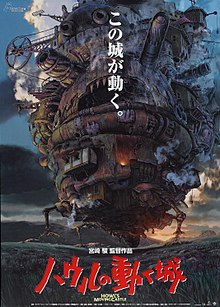
Howl’s Moving Castle
If you’re not already drawn in by the suave mannerisms of Howl, the main character, the film’s unique love story between Sophie and Howl interwoven with themes of war and magic is guaranteed to capture your interest. Working an uneventful job at her late father’s hat shop, Sophie befriends Howl after he saves her from ill-intentioned town guards. Unfortunately, Sophie gets sucked into the world of wizardry when one of Howl’s ex-lovers puts a spell on Sophie and turns her into an old lady. She then goes out and searches for Howl, who resides in a moving house, and employs herself there as a cleaning lady. Significantly different from their first interaction, Howl posseses a childlike, irresponsible quality and Sophie reveals that she severely lacks self confidence. Despite their different needs, their unconditional love for each other proves to be a force so great that it is able to overcome magic itself.
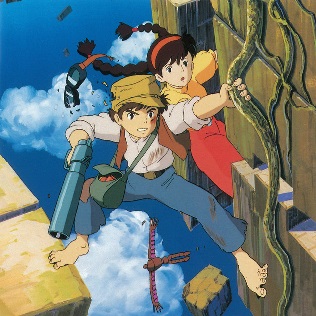
Castle in the Sky
Inspired by Miyazaki’s visit to a Welsh mining town during the strikes of 1984, “Castle in the Sky” (1986) features a world dominated by steampunk iconography, filled with airships and futuristic robots. Similar to “Princess Mononoke,” “Castle in the Sky” brims with themes of greed and human interaction with the environment. With a mixture of synth and orchestral instrumentation, even the score subtly alludes to the harmonization of ancient technology and the natural world within the film’s setting. The film starts out with a young girl named Sheeta who is captured by Muska, a secret agent, when his space ship is suddenly attacked by a band of air pirates led by the matriarch Dola. Sheeta accidentally falls out of the ship but is saved by her magic pendant, which allows its wearer to levitate and is the reason for both Muska and Dola’s abduction attempts. To the delight of a young miner named Pazu, he happens upon Sheeta and they become friends, joining forces to uncover the truth behind the long-lost floating city of Laputa. Though the plot is simple, the fast-paced sequences and character development make “Castle in the Sky” an enjoyable piece of film.
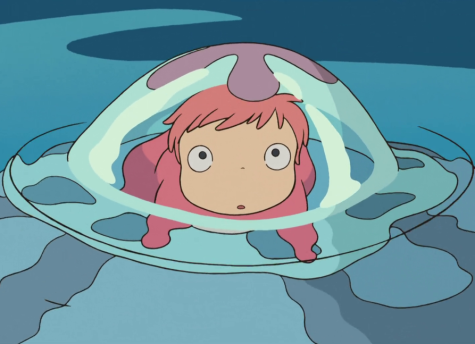
Ponyo
In this timeless tale abundant with adventure and deep-sea creatures, Miyazaki truly poured his heart out in designing the characters and building the sweetly poetic relationship between the characters Ponyo and Sosuke. Ponyo is the daughter of the sea goddess Granmamare and Fujimoto, a human man. On a forbidden excursion to observe the human world, Ponyo meets a human boy named Sosuke and from then on, their friendship flourishes. Starting out as a fish, Ponyo increasingly becomes more human-like as she spends more time with Sosuke, but accidentally endangers his hometown when her fervent desire to remain as a human results in large tsunamis. Saturated with a sense of magic, “Ponyo” celebrates the innocence of childhood and inspires the same child-like wonder that is possessed by the main characters of the film.






